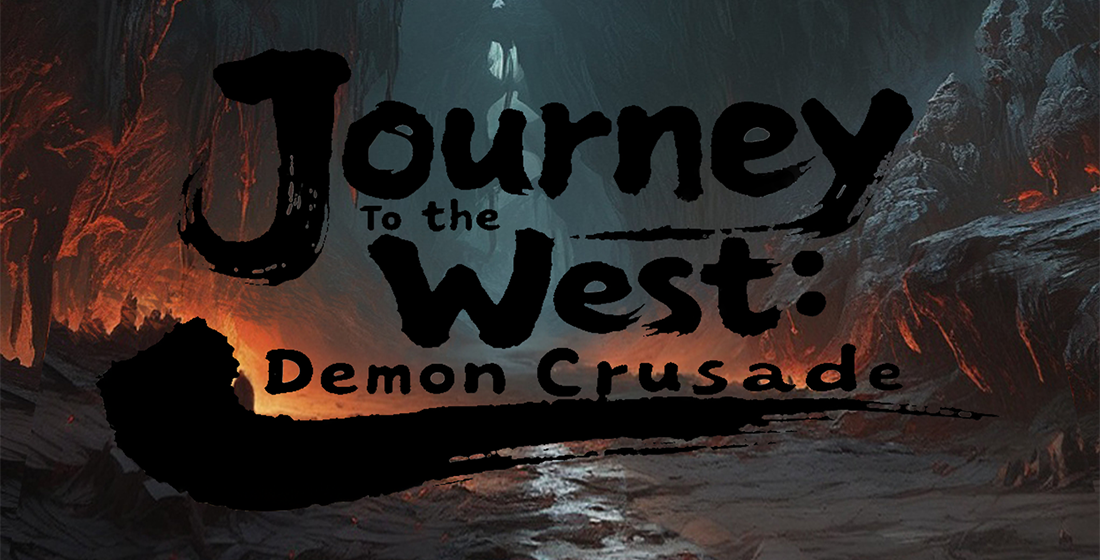Mastering Real-Time Strategy Games: Tips to Dominate Every Match
Welcome to the Tactical Battlefield
Welcome friend. So you’re diving into real-time strategy games, huh? Whether it's conquering enemy territories, outmaneuvering your opponent on the clock, or commanding vast digital armies in a split decision moment – we've all been drawn to these kinds of battles. But just like in real wars, brute force usually doesn’t cut it here. It’s about tactics, anticipation, and knowing what cards are being played before your rival even shows his hand.If your game leans involve titles like the legendary RTS titles *StarCraft*, the classic resource-heavy *Age of Empires*, or newer web-born challengers like *Last War: The Game That Ate the Server (kinda joking but maybe not)* then you’ll want a roadmap that leads directly to that victory screen. Not the loading screen after you’ve just lost.
This guide breaks down how to play better without turning yourself into a 3AM keyboard ninja with carpal tunnel issues (or worse... low K/D ratios).
Buckle up.
Brief Overview Table
The quick run-down on which games fall under real-time strategy categories.
| Game Title | Main Mechanics | Mastery Rating [on 1-10] |
|---|---|---|
| SC Remastered Collection Classic SC gameplay + shiny upgrades |
Lurker rushes, build orders, hotkeys flying | 9.7 / 10 |
| Age of Wonders (Strategy+RPG elements) |
Faction-based tech paths, map domination strategies | 8.9 / 10 |
| Last War (Web Version*)** *Not to be confused with an RPG |
Multiplayer alliance-based raids, limited resource builds, time-sensitive events. | N/A [no rating system... yet] |
| EA SPORTS FC 25 - Career/Legue Mode Tactics | Detailed formations vs. dynamic opposition patterns | N/A |
Keep in mind – rankings may change as new versions get patched mid-month (and we all suffer for it).#
Your Mindset Shapes Every Conflict
In the world of real-time combat onscreen, it ain’t all just micro and clicking faster than Kim Joplin hits record sales. No sir. It's the brainwork. Like Sun Tzu says... “All warfare is based on deception." And guess what? Deception isn't easy when you're still figuring out whether to go heavy mech spam or turtle early.- Learn one build-order by heart, before learning five variations at 2am trying not to fall asleep.
- Accept defeat gracefully, because every win tastes ten times sweeter once you know what didn’t work this match.
- Never underestimate a scout.
The First Rule Of Command Is Always Map Control
You'd think securing your own land comes naturally, right? Wrong. In the chaos rush phase most players panic and start sending peons everywhere while forgetting that little corner called 'unseen territory'. Here's what pros recommend (but noobus forget): ✅ Establish radar coverage ✔ Send fast movers toward possible enemy zones within two-three cycles ✔ Keep scouting lanes clear using walls/trees as natural defense barriers ❗ Never commit all your units blindly if there are fog zones remaining A few seconds scanning = more wins than throwing your last marine squad in blind hoping RNG will bless thee. Letting others expand unimpeded = death wish. Now take this concept: If your vision is good... Your economy is strong (mines pumping resources)… Then your army composition is optimized (tanks + air or pure speed zerg-rush?), and only then, attack timing matters. Not reverse order. We'll talk more tactics ahead. But first things fist.Tactics Over Technology — Why Build Order Wins Aren’t Everything Anymore
Once upon a time, people relied heavily on "build-orders". You'd queue up a strict plan, let workers auto-do steps, hit key unit unlocks before the enemy, BOOM - advantage yours... ...until everyone started using exactly the same builds found online. This forced many RTS devs & modders (like Blizzard back in *SCII: WoL* updates) to nerf pre-constructed path dominance in favor of flexible decision-making trees and adaptive strategies post-scouting reports. Today’s advice on mastering your next round: Avoid rigid builds unless you **REALLY REALLY KNOW** you can adapt mid-run. Focus more on economic decisions over pure army counts. Yes even on lower difficulty settings, where it’s tempting to just brute-force AI bots through raw military might... trust me later on – higher-tier human players will roast those lazy habits. Here’s the cheat sheet we suggest memorizing instead:List – How Your Focus Shift Should Work Based On Phase:
Laning Phase (~First 4 Mins): Economy Setup + Vision Gained ✅ Grab outer expansions quietly if un-contested. ➡ Use drones/spears/whatever to farm early minerals/oils/brains etc ❌ Do NOT throw too many into tech unless absolutely essential ---Military Prep / Early Skirmishes (Minute 4 to 6.5): Decent Defense Base 🧠 Decide whether aggression suits the terrain 🧠 Scout for weak flanking points (if attacking!) 🪑 Hold positions unless certain of winning the next engagement ⚔ Plan unit composition changes if countering known types from recon report ---
Full Midgame Clash [7-8 Minutes In]: This phase defines who has momentum. 🟩 Who is expanding safely while maintaining map control? 🟥 Whos rushing their third base without seeing a flank incoming? 💥 Did anyone miss that hidden drone camp / cloaked unit ambush? Make adjustments. Reassess production lines. ---
Last Lap Deathmatch (~9 mins+) — All-in Decision At this point, you’ve seen most boards except possibly one corner left unknown. Use remaining intel wisely and commit fully. Retreat makes no sense now. Either go full nuclear mode or fold gracefully before wasting further lives/resources/time.
Espionage Is More Useful Than Spam Attacks (Scout Report Edition)
Ever attacked someone blindy only to realize their defenses were triple-layer reinforced while you sent three tanks straight into an ion mortar trap? Sounds familiar. Lesson? Do your homework first. Always scout around 3 minutes. At absolute minimum, keep eyes somewhere outside home zone. If possible do it without detection so opponent never feels exposed – that's where subtle probes and invisibility kicks in. That tiny data burst gives more impact on your future moves than 15 extra units stacked awkwardly inside a chokepoint. Examples: 🔹 Opponent’s starting layout gives hint what faction they are likely going for. Adjust counter-building or early pressure accordingly. 🔹 Catch them building an airfield? Start prioritizing turrets and air cover. Too much scouting bad either, yes – balance is everything. But in case you forgot: In modern games: Info superiority > superior hardware. So yeah. Gather that intel early. Make plans based on hard evidence rather than vibes.Choosing the Right Army Fit — What Unit Mix Works Best Against Human Brains
You’ve done all that prep – scouts deployed, vision maps cleared... economy stable… Now time for army selection. This area is where too many casual gamers make big mistakes: They go full brute force – spam the best available units, and hope damage-overload carries the day. That’s like bringing a tank into hide-and-seek and expecting to win because metal shields protect better behind cardboard boxes. Smart players counter massed pushes easily with well-balanced forces and positional advantages (flanks included). Instead try: 🔸 Balanced team-up between melee & ranged attackers 🔸 Air-ground hybrid setups when map has multi-height elevations 🔸 Siege weaponry for prolonged fire support in standoff matches 🔸 Support roles such as engineers / repair squads to preserve longevity under bombardment Example: Suppose we're comparing two typical strategies.| Mass Ground Assault | Balanced Tactical Deployment | |
|---|---|---|
| Straightforward Power Push | Pros
|
Stronger late-phase playstyle options.
|
| Predictability? | Vulnerable to flanking strikes, anti-air bursts, terrain-based bottlenecks exploited | Less exposed, can react quickly to surprise maneuvers by enemies. |
| Cheat Sheet | Mix high-value slow units like siege tanks with faster scouts to prevent isolation. Balance is always king in evolving battlefield logic. Especially against thinking opponents. Or advanced AIs who pretend they're not scripted. | |
You Win The Day When Micro Beats Macro
Alright. Big terms explained. Macromanagement is managing resources across the board – like keeping your bases healthy while growing production chains and tech levels over the match. Essential? Sure. Micromanagement? That refers specifically to the precise handling of units in combat. Where you shift control between groups on different flanks and optimize attacks/retaliations individually per-second. Think of micromanaging soldiers on uneven terrain, giving them special maneuver paths while also juking enemy missiles manually – yep, intense. Winning battles isn't just about bigger troops... it’s how YOU use small actions strategically that creates cascading chain reactions that snowball into overwhelming leads. How pros crush the odds with micromanagement: 🔥 Smart Positioning: Place fast units behind slower heavy-hitters (tanks/machines/etc.) to draw fire, dodge incoming blasts and create opportunities to strike from optimal ranges. 🎯 Focus-fired enemies drop fast – target the most vulnerable unit first. ⚡ Speed over quantity sometimes wins fights – small squad with tight control often trumps chaotic larger waves getting munched slowly by towers. 🛡 Utilize environmental hazards (like terrain edges) and unit immunities (air vs ground missile locks) efficiently. No need to reinvent the tactical wheel. Micro takes time though—requires lots of focus & hand coordination. Newbie Tip: Practice using hotkeys or macros sparingly, not relying fully, just boosting response accuracy. Still sounds complicated? Maybe start here: 📌 Use unit-specific commands when needed: - “Spread Formation" during missile barrages. - Retracts on amphibians underwater when ambushed from surface-level units. - Cancel unit retreat mid-combat for baiting traps into open view. (Yes some players do!) Once micro becomes second skin, watch entire enemy forces crumble faster than cookies at grandmas’ house during Christmas.Kicking Off: Early-Game Rushing Tactics Without Going Broke
Rushing works. When done right. But the wrong timing makes you lose more ground than gains. Quick definition: An aggressive move early aimed at pressuring or destroying opposing structures before main defenses lock in solidly around the 6-minute mark. Best time to rush? When their second expansion has only one half-buildded wall standing. Common Rushing Strategies Among Players:- Zergling Rush – Light units, overwhelming numbers
- Banshee Bombard – Sneak flyers near supply hubs,
- Fast-Turret Push



